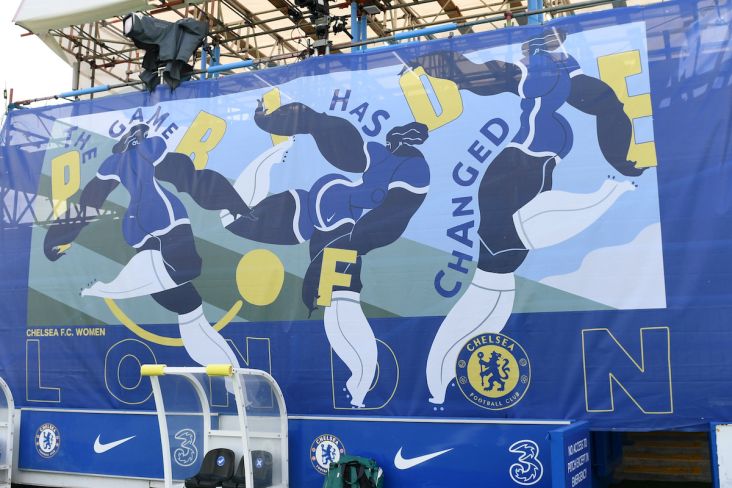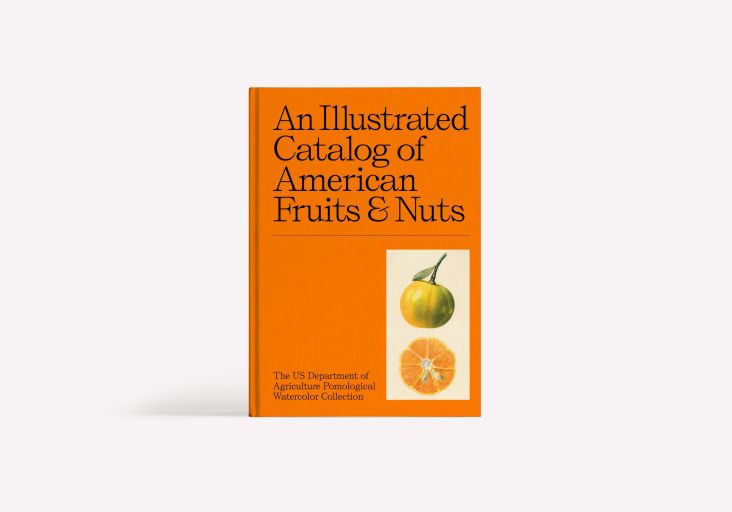How to learn graphic design online, wherever you are
One of the few positives to come out of the Pandemic has been that working and studying online has become so much easier over the past 12 months. And that means that as we emerge from lockdown, there are more options than ever in the way we learn graphic design.

Image licensed via Adobe Stock
Shillington, one of our favourite providers of a short and intensive design course, took the leap last year to launch its first-ever online offering. And this means that, going forward, their excellent courses have become more accessible than ever. Now, anyone around the world can get trained online with the original graphic design bootcamp.
Studying online brings some unexpected benefits like a flexible study/lifestyle balance where you can easily fit learning into your schedule; a more diverse experience, as students join the online course from all over the world, adding their different perspectives into the mix and it even preps you for the industry and the new virtual world of working, presentations and pitching online.
Alternatively, you have the choice of studying in person at Shillington's six campuses in the UK, USA and Australia.
But how do you decide between these options? In this article, we'll look back at how Shillington was forced to go online during the Pandemic, what its teachers learned from this experience, and what it's like studying online in practice.
Happy accident
Shillington's online courses came about as a direct result of Covid. "When the Pandemic hit last March, shifting the course to an online format was, at first, a necessity rather than a choice," explains Shillington's global managing director Anthony Wood. "We all thought it was only going to last a few weeks and didn't want to let our students who were currently studying down."
Olivia Naden was studying part-time at the Manchester campus at the time. Due to the lockdown, she became one of the 392 Shillington students to study online during 2020/21. The experience was extremely positive, she says.
"Although we were all forcibly kept apart, there was a sense of camaraderie," Olivia recalls. "If we just looked after each other, we could get through it together. In particular, I have to give massive kudos to our Shillington tutors John Palowski and Mehul Patel, for adapting rapidly."
Keeping up communication
Out of practical necessity, all of the classrooms were moved to Zoom, while all other communications went through Slack. Shillington continued to make good use of The Guide, its online graphic design handbook, and Canvas, too – as they both were in the classroom.
"It was clear Shillington wanted to maintain a live and engaging learning experience," says Olivia, who was one of the first batches of students to go online. "And while there were bumps in the road, I feel they did this to the best of their ability, given the circumstances."
For example, Olivia was initially worried about how feedback on her work would be delivered. "Written feedback can sometimes seem rather blunt and be easily misconstrued," she points out. But she needn't have worried. "All written comments were backed up with one-to-one Zoom calls at portfolio milestones," she explains. "Alongside this, there was always a tutor made available for any spontaneous conversations we wanted to have, as we cracked on with briefs in the background."
Of course, all bumps were quickly ironed out. And students found there were benefits to remote studying, too. "Learning from home meant the commute into Manchester was taken out of the equation," Olivia explains. "It was great to have the home comforts of cooking tea and transferring to your PJs! It allowed me to savour my time to relax and wind down."
Developing the new course
In general, the experiment turned out to be a success. "Our students graduated with incredible portfolios and a positive buzz in a time of uncertainty," explains Anthony. "We took the next five months to innovate, test and refine how we would create an online course that mirrored the incredible Shillington on-campus experience."
Then last September, Shillington launched the first online course across three timezones: UK, US East Coast and US West Coast. "These three streams gave us the ability to reach as many people across the world as possible," says Anthony. "We're really excited to have students in all corners of the globe."
A total of 122 students are currently enrolled on this first online course and are due to graduate in July. These are people who wouldn't have been able to take the course otherwise, and they truly represent an international spread: on one stream alone, there are students from California, Texas, Mexico City, Osaka (Japan), Ottawa and Toronto (Canada), Guayacil (Ecuador) and Montego Bay (Jamaica).
"For a very long time, your location largely influenced your access to education," points out Shillington's director of teaching, Shanti Sparrow. "Now a wider group of people have the ability to study, and the global design classroom environment has become beautifully rich and diverse."
Should you study online?
Given her experiences at the height of the Pandemic, Olivia – who works today as creative communications manager at Strategic North – would definitely recommend studying online with Shillington.
"From my experience, it's clear that Shillington can still offer an immersive teaching experience online," she explains. "I believe that if you can successfully complete Shillington virtually, then it sets you up with valuable independent working skills that are now more critical than ever."
It's one thing presenting your design concepts in a face-to-face setting, and another doing so online, she points out. "So reflecting on my experience, despite it being stressful, I'm actually pleased I had to adapt rapidly to this with the guidance of Shillington. Since completing the course, I now have confidence in pitching my design ideas physically and virtually at my current employment. I'm ready for whatever else this crazy world throws at us!"
Online study tips
Finally, what tips would Olivia offer to students studying online? "One main piece of advice I would give is to keep a routine," she responds. "A lot of the time, there's a feeling of not really 'finishing' for the day, like you would if you were leaving a classroom. So, I'd suggest being disciplined in having that wind-down time after a session. It's tempting to continue working on your brief after class. But you can get burnt out very easily, which affects your quality of work and creativity."
Time management of work and prioritising tasks are also essential. "Organisation and setting your own deadlines are extremely important for Shillington, especially if it's online. Even just leaving one project until the last minute can set off a domino effect with your other briefs, meaning your design ability and skill may not be truly reflected in your final outputs."
Olivia concludes: "The Shillington experience is a roller-coaster, so having those 'off days' is going to be natural. However, if you're organised enough to allow for those days, then it does your stress levels and well-being a world of good. Invest in the time to plan your week with to-do lists, realistic deadlines, and even sounding out your plans to your peers. It will pay time and emotional dividends in the long run."





 by Tüpokompanii](https://www.creativeboom.com/upload/articles/58/58684538770fb5b428dc1882f7a732f153500153_732.jpg)


 using <a href="https://www.ohnotype.co/fonts/obviously" target="_blank">Obviously</a> by Oh No Type Co., Art Director, Brand & Creative—Spotify](https://www.creativeboom.com/upload/articles/6e/6ed31eddc26fa563f213fc76d6993dab9231ffe4_732.jpg)
















